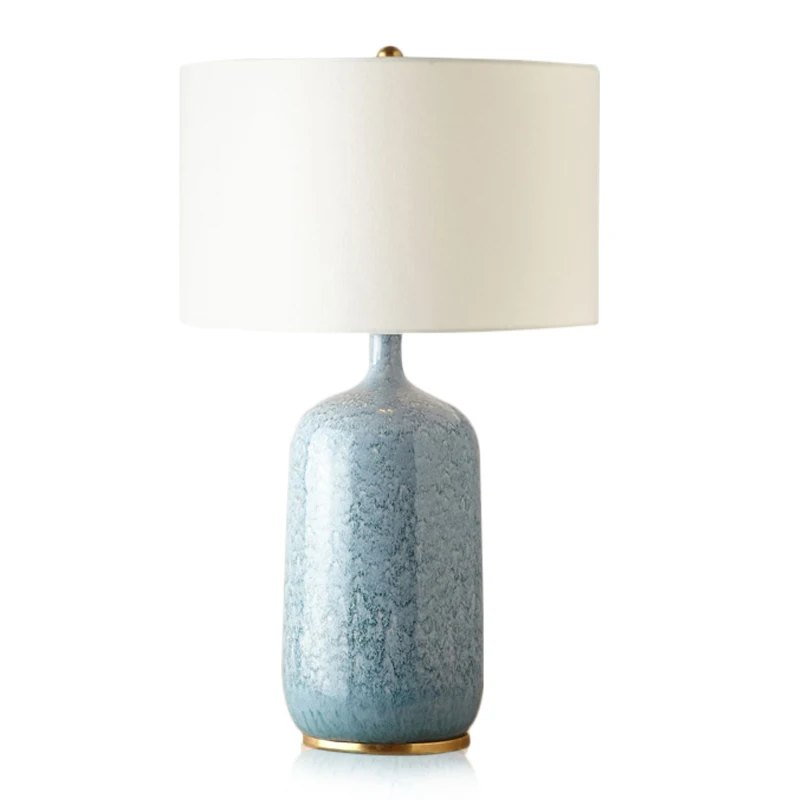
LEAFLETS
PRODUCTS
The Humble Table Lamp A History Of Illumination Examining Its Evolution Its Cultural Significance And Its Enduring Appeal
From Flickering Flames to Electric Brilliance: The Evolution of Technology
The earliest ancestors of the table lamp were simple oil lamps, their flickering flames providing a meager and often unreliable source of light. These early lamps, crafted from materials readily available – clay, metal, or even carved wood – were essentially containers for oil with a wick protruding for combustion. While practical for their time, they were limited in terms of brightness, safety, and longevity. The introduction of candles provided a slightly improved alternative, offering a cleaner and brighter flame, yet still susceptible to draughts and fire hazards. Their use was largely confined to the wealthy, reflecting the social stratification of the time.
The advent of gas lighting in the 19th century marked a significant leap forward. Gas lamps, while initially larger and more suited for public spaces, eventually gave rise to smaller, more manageable table designs. These offered a brighter, more consistent light source than candles or oil lamps, dramatically increasing both the quantity and quality of illumination in homes. However, the dangers of gas leaks and explosions were ever-present concerns. The invention of the incandescent light bulb by Thomas Edison in 1879 revolutionized illumination. The electric lamp, compact, safe, and far brighter than its predecessors, transformed the home environment. Table lamps quickly adopted this new technology, becoming increasingly common and affordable.
The 20th and 21st centuries witnessed further refinements. The development of fluorescent bulbs, halogen lamps, and finally LED technology, each brought improved energy efficiency, longer lifespans, and diverse design possibilities. Today, table lamps can be found in a bewildering array of styles, sizes, and functionalities, from simple and functional designs to elaborate, statement pieces crafted by renowned designers. This evolution reflects not only technological advancements but also changing tastes and societal trends.
A Symbol of Status and Comfort: The Cultural Significance of the Table Lamp
Throughout history, the table lamp has served as more than just a source of illumination; it has been a symbol of status, comfort, and intellectual pursuits. In aristocratic homes, elaborate oil lamps and candelabras signified wealth and sophistication. The placement of lamps in studies and libraries highlighted the importance of learning and intellectual activity. The very act of sitting with a book illuminated by a lamp became synonymous with contemplation and personal reflection.
The rise of the middle class in the 19th and 20th centuries saw the table lamp become increasingly democratized. Electricity brought the convenience and affordability of illumination to a wider population, allowing more people to enjoy the comfort and convenience of a personal light source. The lamp's design evolved to reflect evolving tastes, encompassing various styles from Art Deco to Mid-Century Modern, reflecting societal preferences and the aspirations of the home owner.
The table lamp’s cultural significance continues to evolve in the 21st century. Its presence in homes today is not just functional but also decorative. It serves as a focal point in a room's design, contributing to its ambience and character. The selection of a table lamp reflects individual style and taste, further emphasizing its symbolic role beyond mere functionality.
Enduring Appeal: The Timeless Charm of the Table Lamp
Despite the proliferation of overhead lighting and other forms of illumination, the table lamp maintains its enduring appeal. Its intimate and focused light creates a cozy and inviting atmosphere, perfect for reading, relaxing, or engaging in personal pursuits. This focused illumination creates a sense of enclosure and privacy, contrasting with the broader, less personal illumination provided by overhead lights.
The versatility of the table lamp is another key factor contributing to its enduring appeal. It can be placed anywhere in a room, providing targeted illumination wherever it is needed. This flexibility allows for creative lighting solutions and enhances the functionality of different spaces within a home. Its portability, unlike fixed light fixtures, also offers great convenience.
The wide variety of styles and designs available ensures that there is a perfect table lamp for every taste and interior design aesthetic. From minimalist and modern designs to ornate and traditional styles, the options are endless. This adaptability allows the table lamp to seamlessly integrate into any home décor, becoming a cherished and versatile part of the overall design scheme. Ultimately, the humble table lamp remains a testament to the enduring human need for both functionality and ambiance, proving its timeless appeal across generations and styles.
In conclusion, "The Humble Table Lamp: A History of Illumination Examining Its Evolution, Its Cultural Significance, and Its Enduring Appeal" offers a compelling exploration of this seemingly ordinary object. It reveals a fascinating narrative of technological innovation, cultural reflection, and enduring design appeal. The table lamp, far from being just a source of light, serves as a subtle yet powerful symbol of our history, our culture, and our personal spaces. Its continued presence in our homes underscores its enduring relevance and its capacity to create a warm and inviting atmosphere for generations to come.
SUBSCRIBE
INQUIRY










